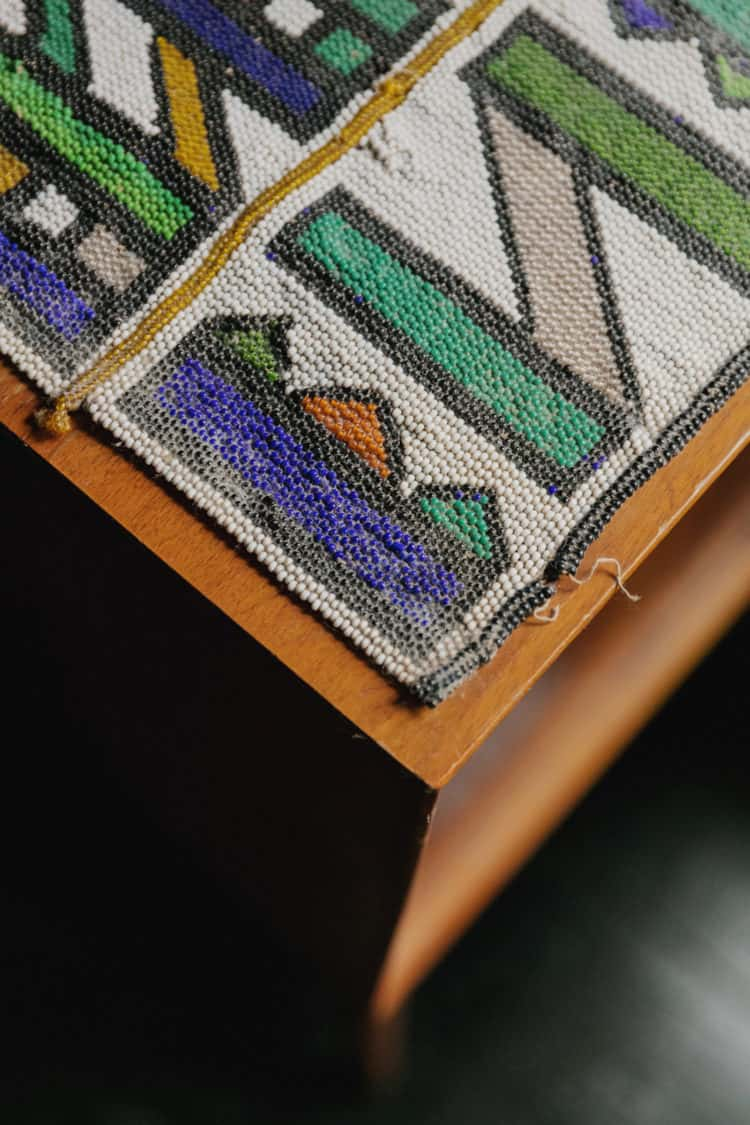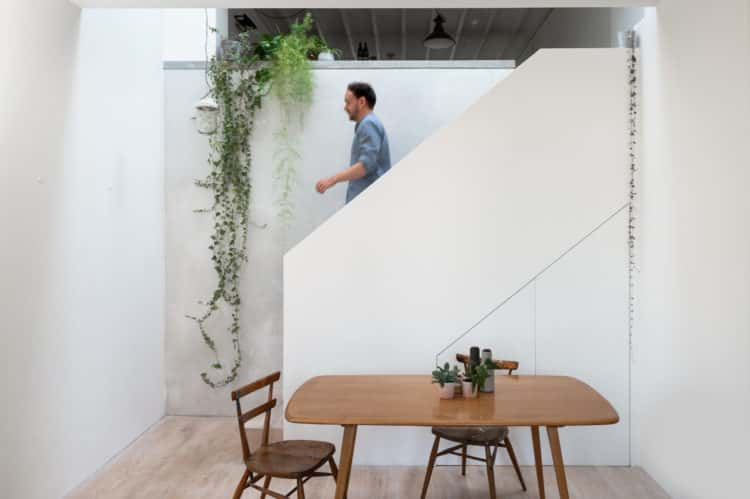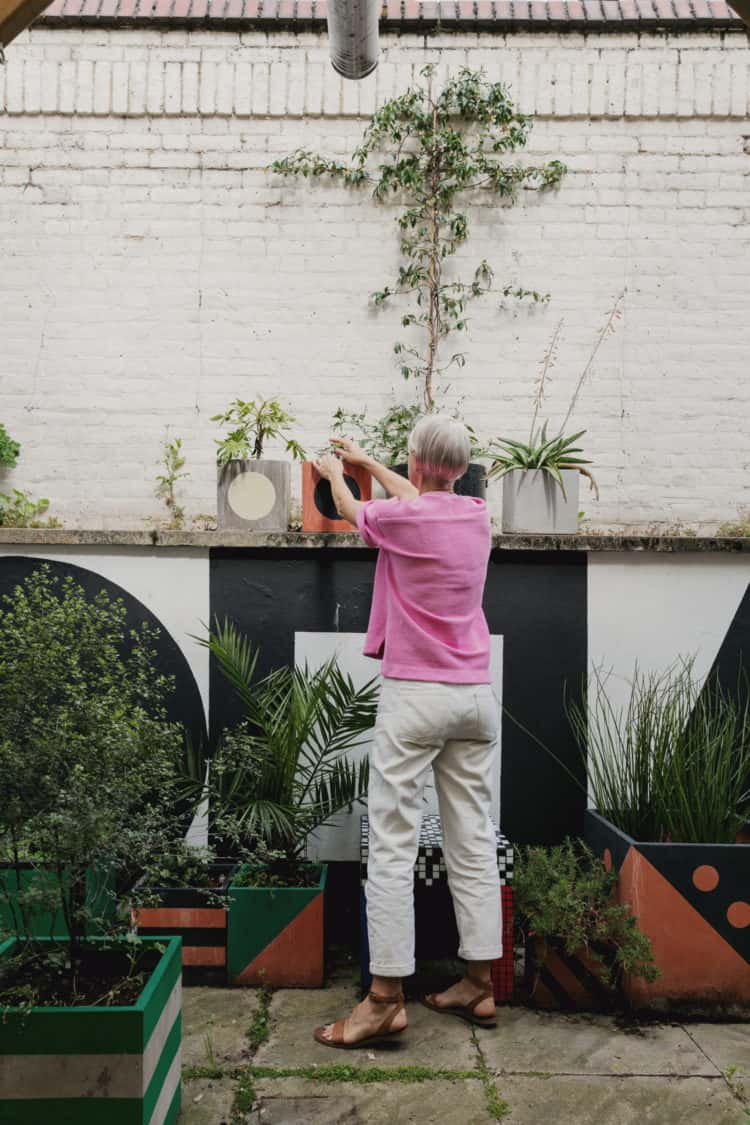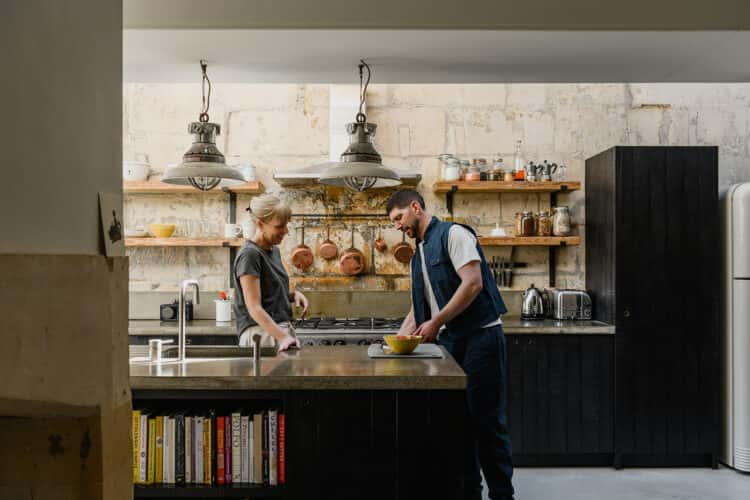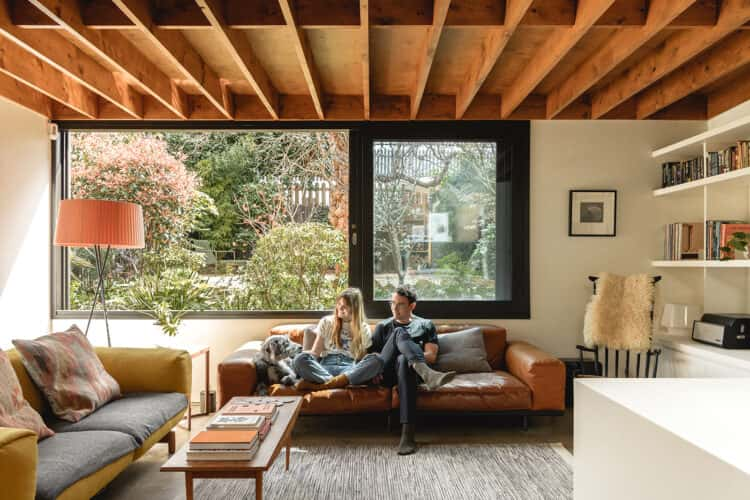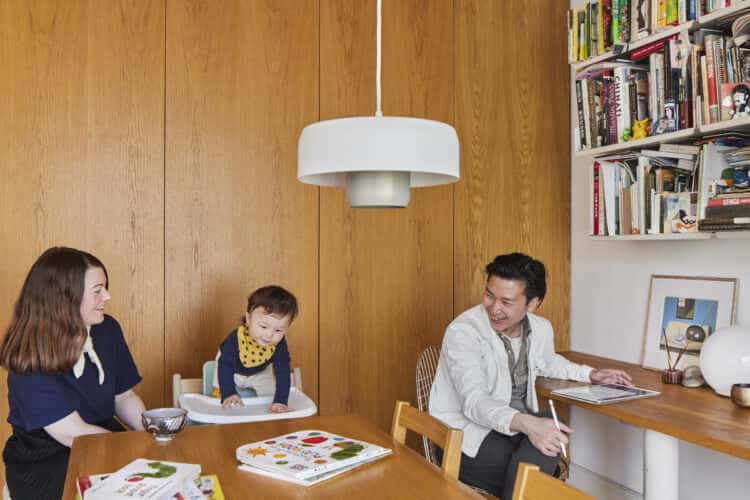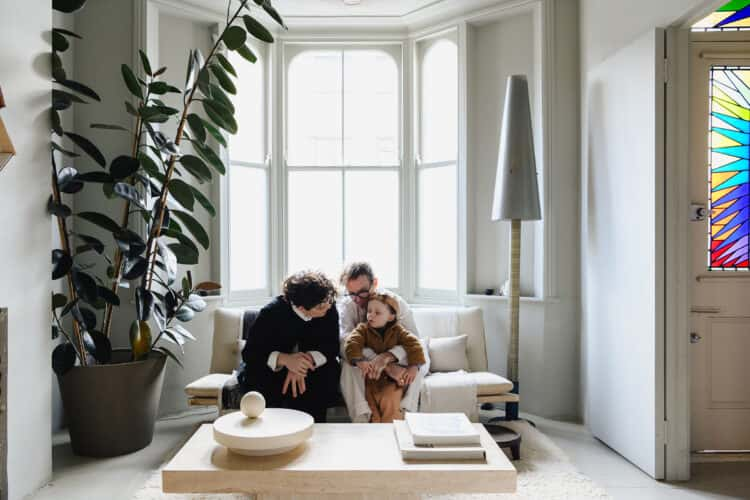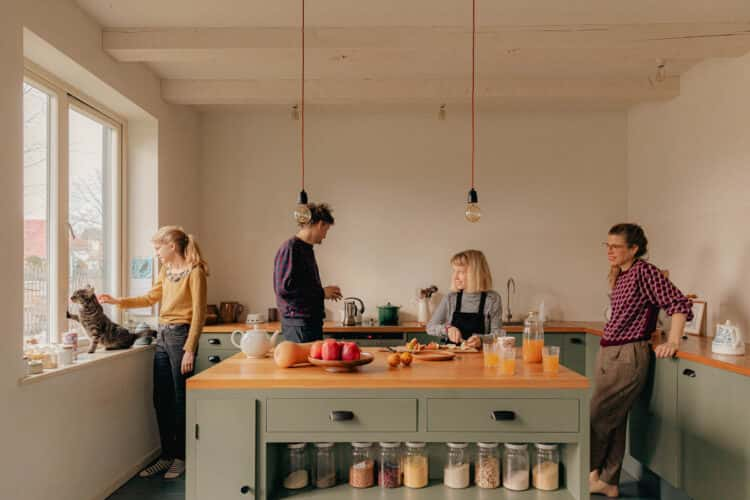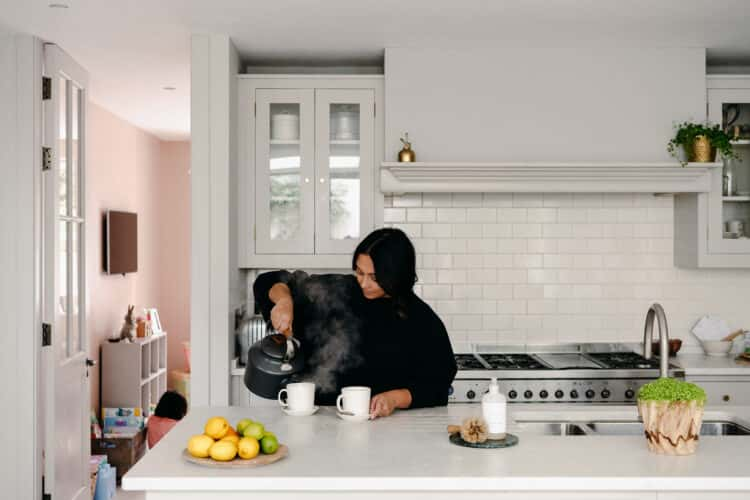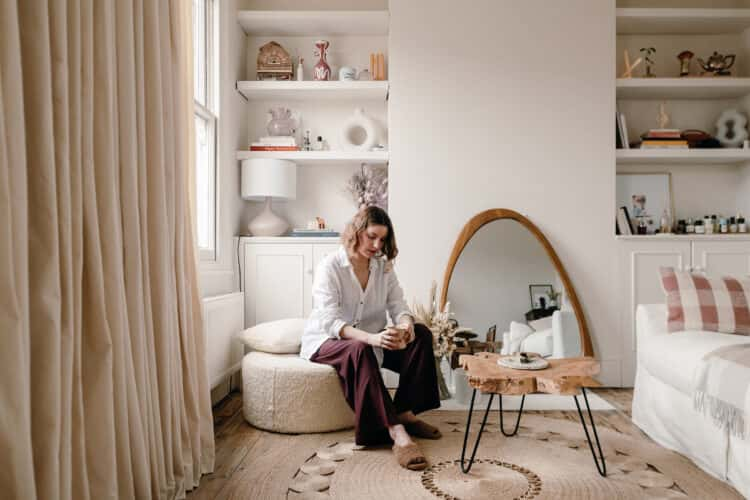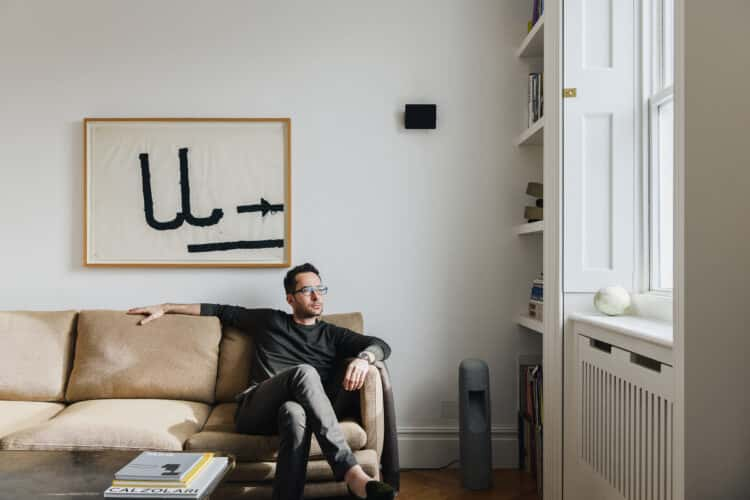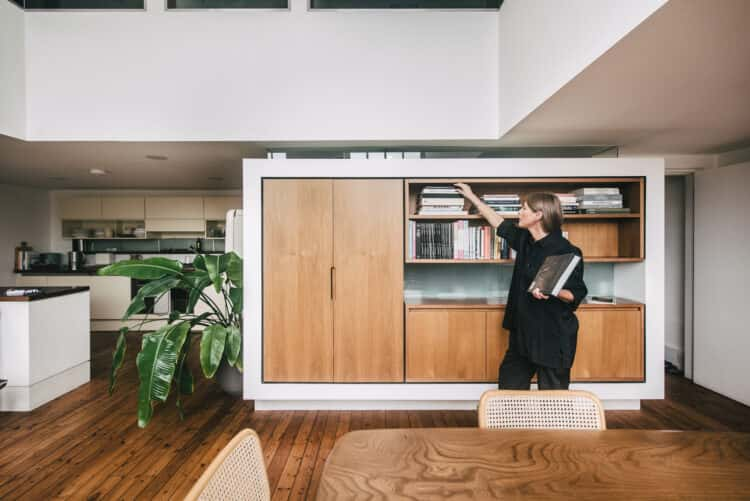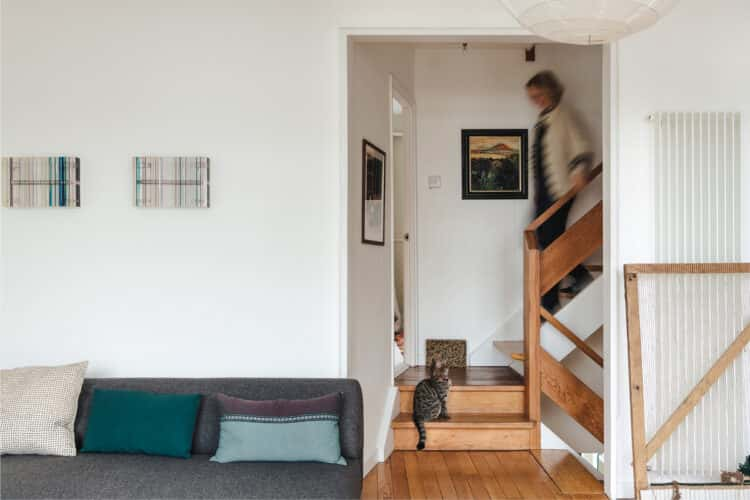My Modern House: designer Rhonda Drakeford on making her rental flat in Hackney feel like home
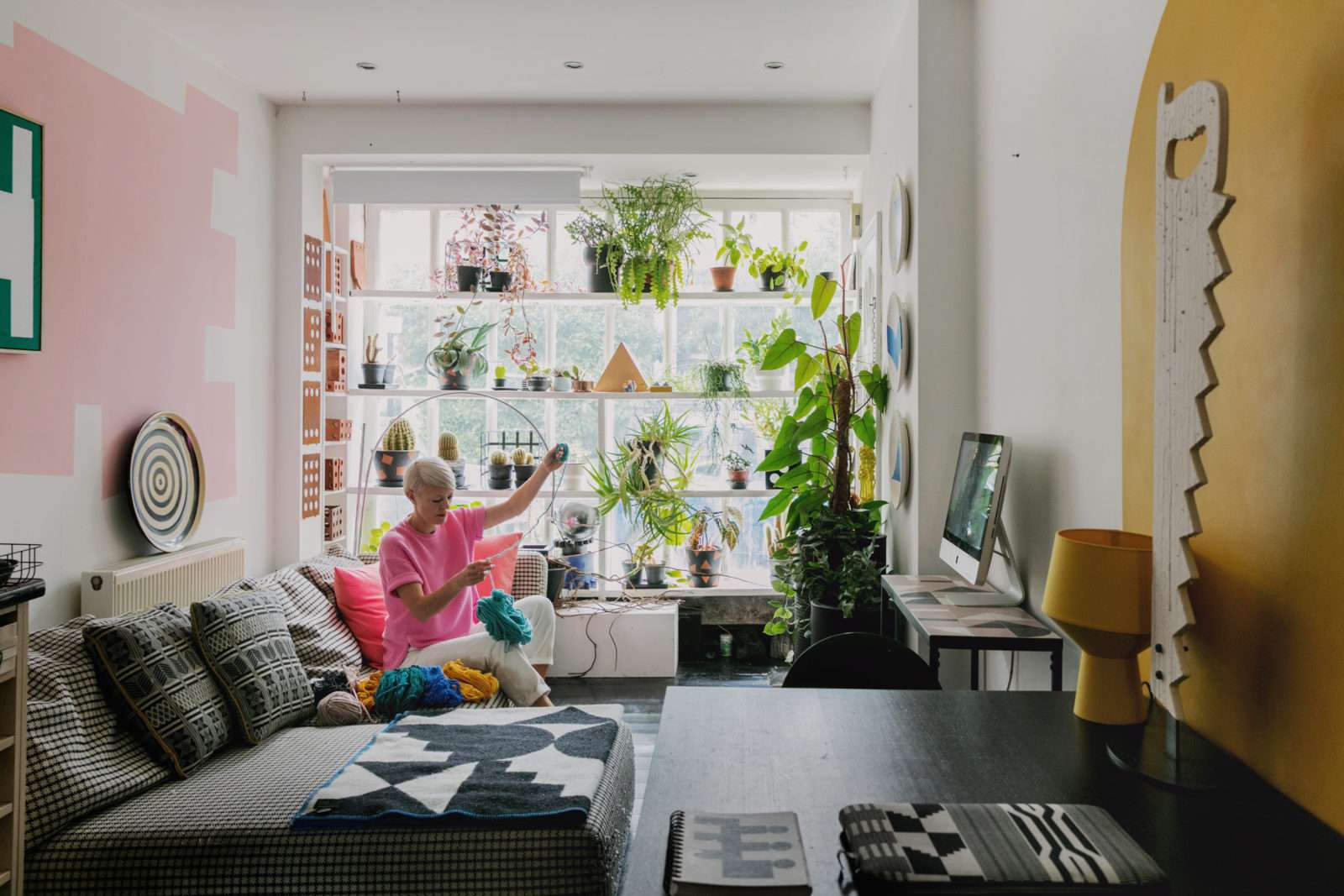
Rhonda: “Home is my sanctuary. Because my working life is so hectic and involves a lot of socialising, home has to be quiet and comfortable. I’m out a lot (under normal circumstances!) and it used to be, ‘all back to mine’, but these days it’s much more ‘this is my place’; I don’t even have a TV.
“This is a rented space, which has been interesting because I’ve always owned up until now. This is a bit of a stopgap, really, because I had ended a relationship and didn’t really know where I wanted to live. For me, my home is part of my identity, and it’s still been really important to make it feel like mine.
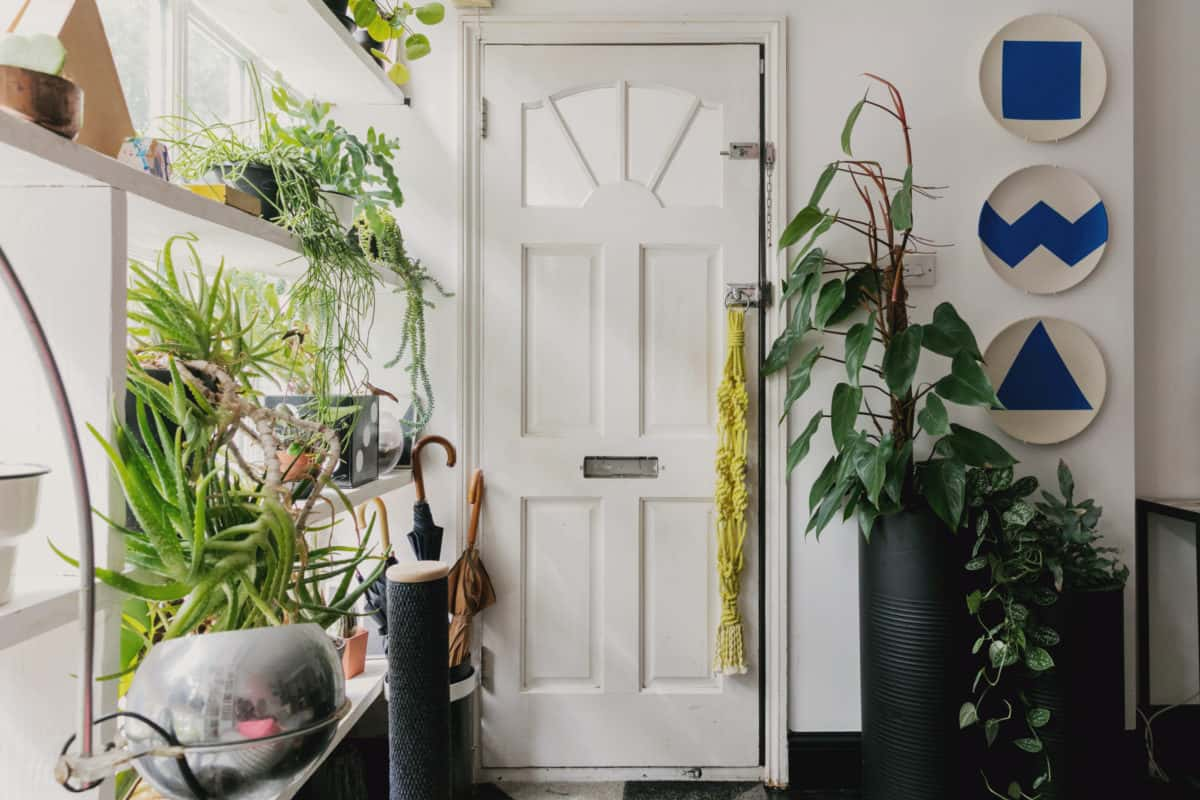
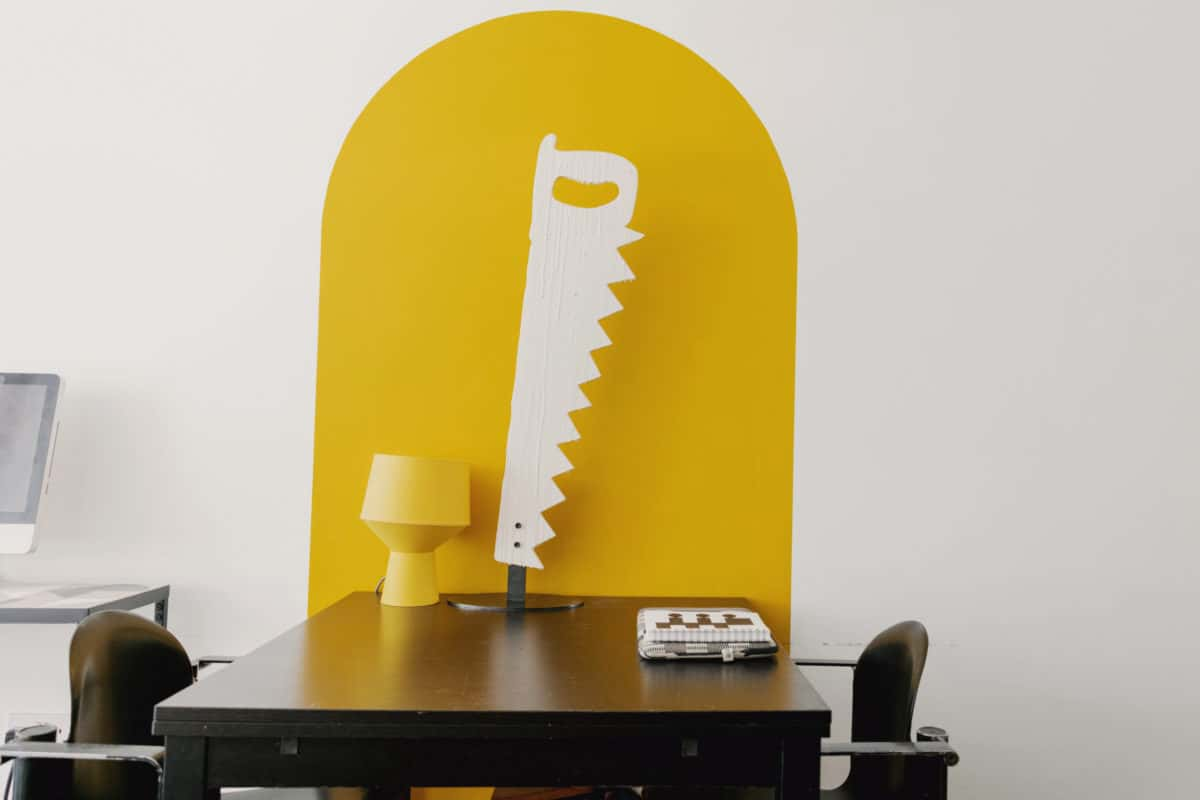
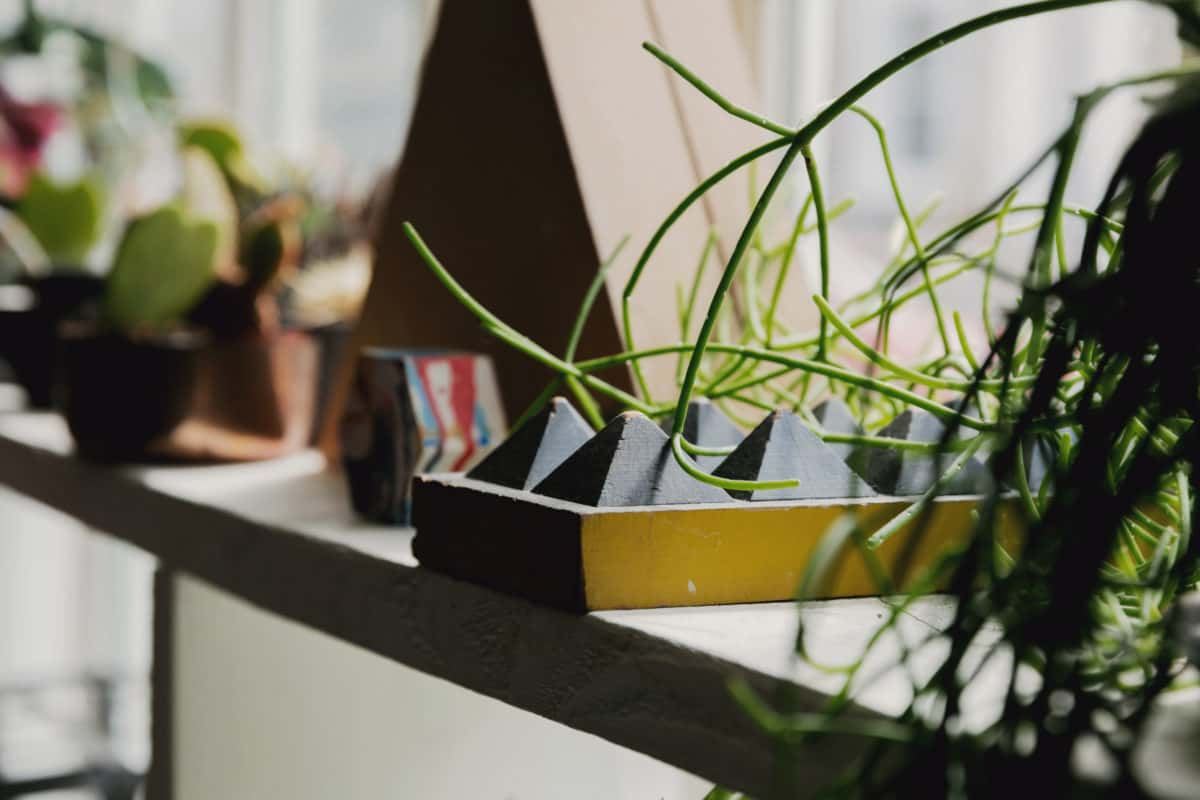
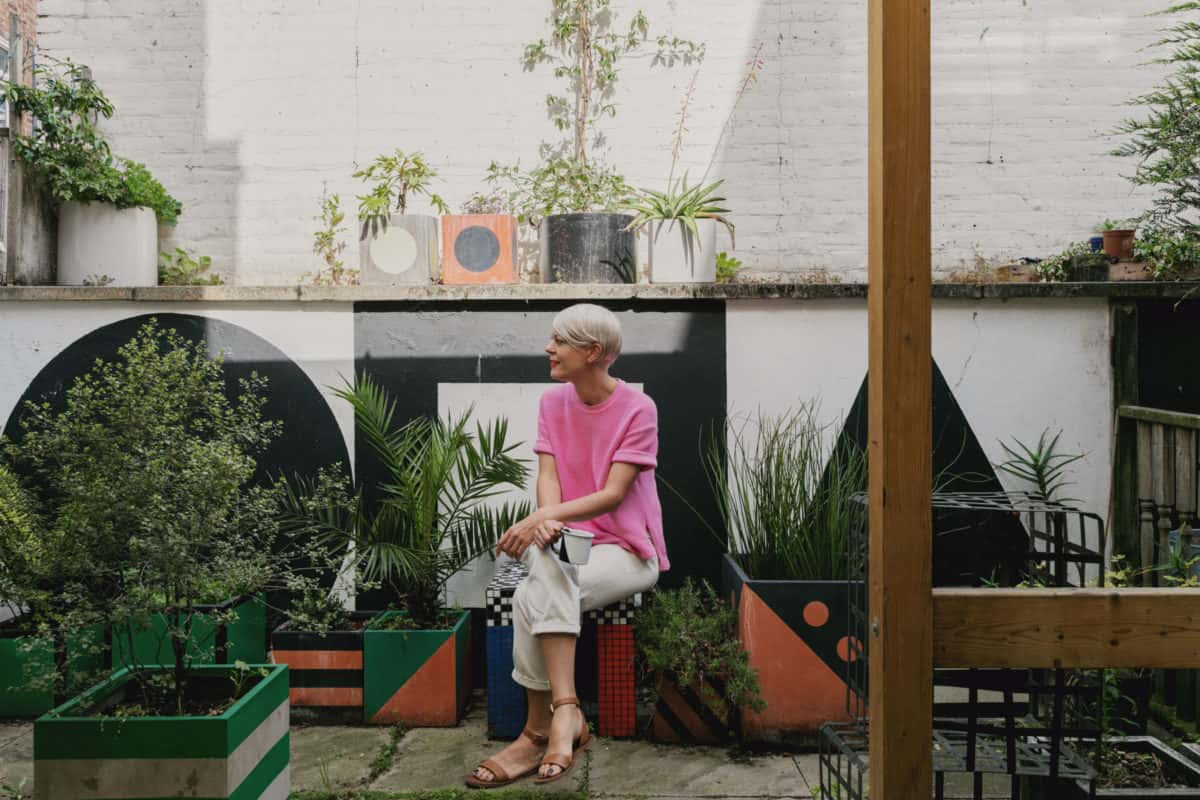
“Luckily, I’ve got a landlord who has let me do a bit of painting and stuff like that and even gave me some rent off for doing it. It was such a hole before with laminate flooring and a kitchen that was hanging off the wall… it was so bad!
“But I just knew I liked the space, and I can always see beyond what something looks like, because of the nature of what I do. And the street is so lovely as well. It has that thing of being really quiet, but you cross the road and you’re in crazy Broadway Market and Victoria Park. So, it feels like a sanctuary anyway, and I’ve felt a greater sense of community here than anywhere else I’ve lived in London.
“I haven’t done a huge amount. Ultimately, it’s just white walls and black painted floorboards, and then these shapes that I’ve painted in most of the rooms to help zone the space. They’re all colours I got from Leyland’s bargain bins because I didn’t want to spend loads of money.
“The flat is right on the street, so privacy is an issue, but when I moved in the front window had frosted vinyl covering it. I took it off and put up these scaffolding planks, painted them and then put plants in. It’s a natural screen, and if you’re outside you really can’t see in. People come right up to the window and take pictures, which at first was weird but they really can’t see me!
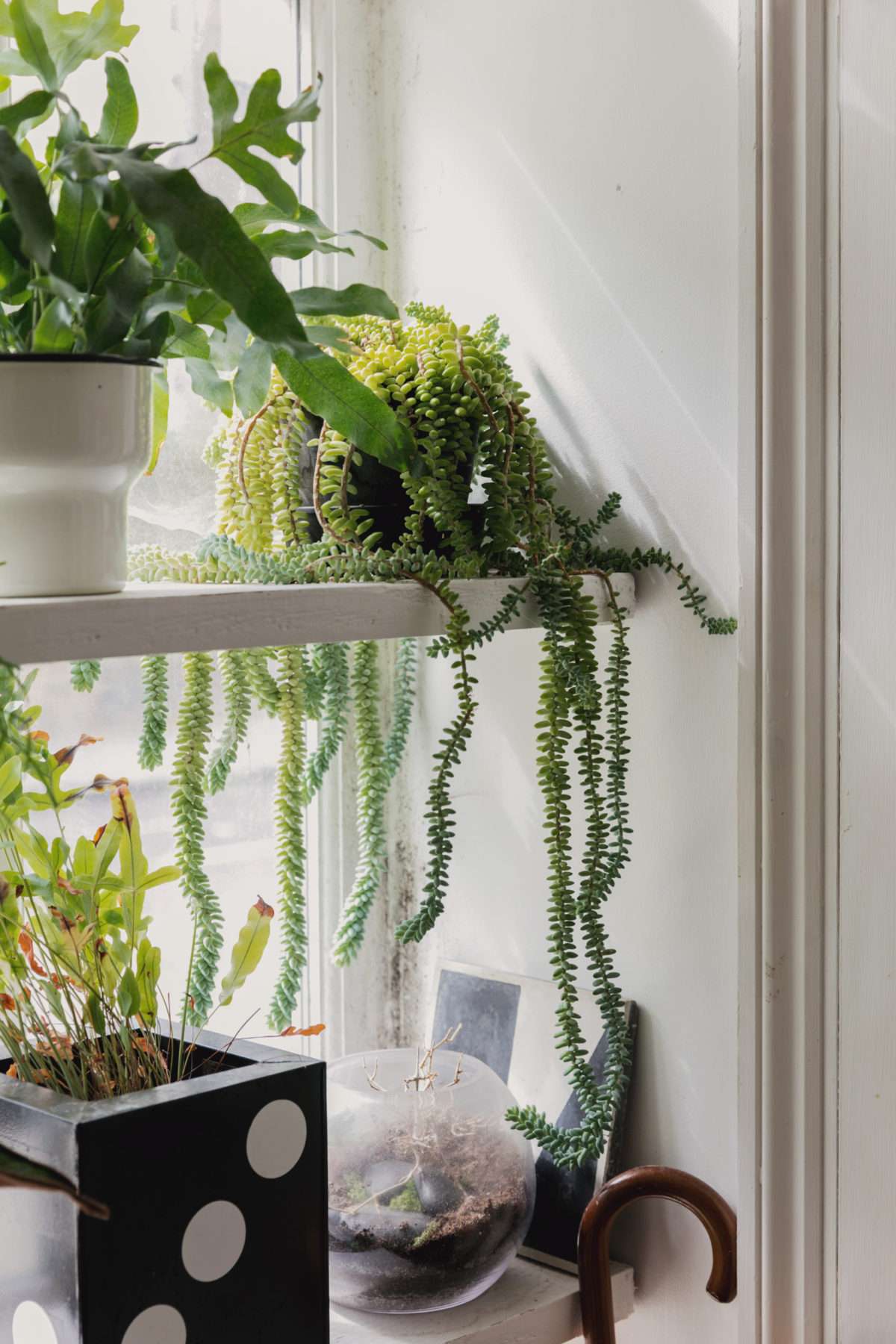
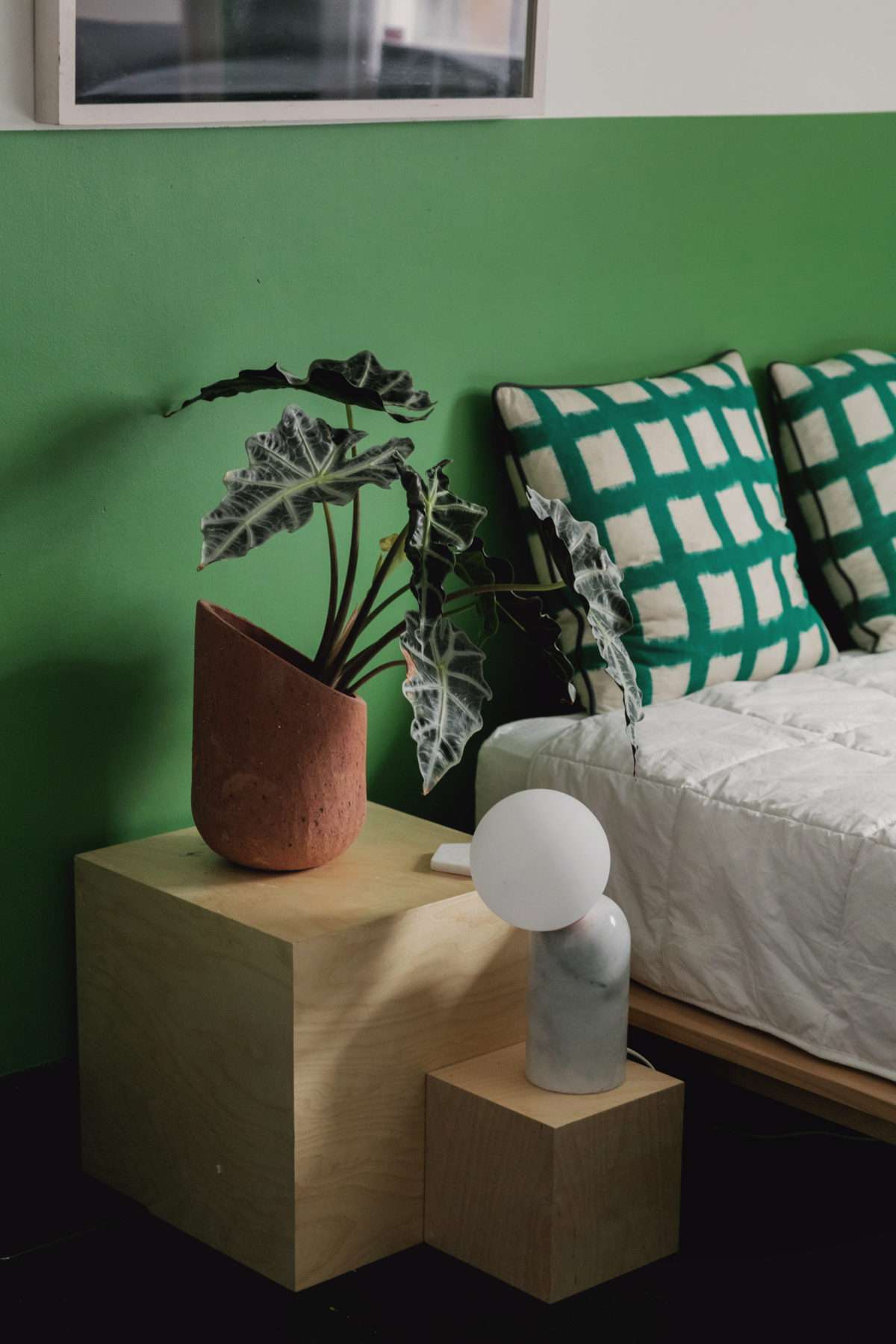
“Using plants in an architectural way like this is something I’ve tried to bring into other projects, to see them not just as decoration but as performing a function too. And I think especially for rented accommodation, plants are the easiest thing you can do to make the space feel alive.
“This is a real down-size for me – about a third of the space I lived in before – and so I’ve had to cherry-pick the belongings I have here, and the rest is either in storage or at friends’ houses; I’ve got furniture and art all over the place. I’m going to need to get a list written down otherwise I’ll forget where it all is!
“It’s quite nice to have an edit of what works in this space. A lot of it has come from my friends, or I’ve swapped some furniture for some art, and other pieces have come from projects we did when we had the shop. I like that, as it feels like an honest transaction that’s not about money.
“My sofa comes from me designing someone’s website and branding years ago. They worked with B&B Italia, so I got a sofa instead of being paid. It makes me feel I really did earn it. It’s very analogue, I suppose, which is why I like it.
“There’s still loads of things about this flat that are still really grim, like the bathroom and the door handles, but it’s still worth investing in a rental flat. I can just ignore the bits that aren’t so great and focus on the bits I’ve done.
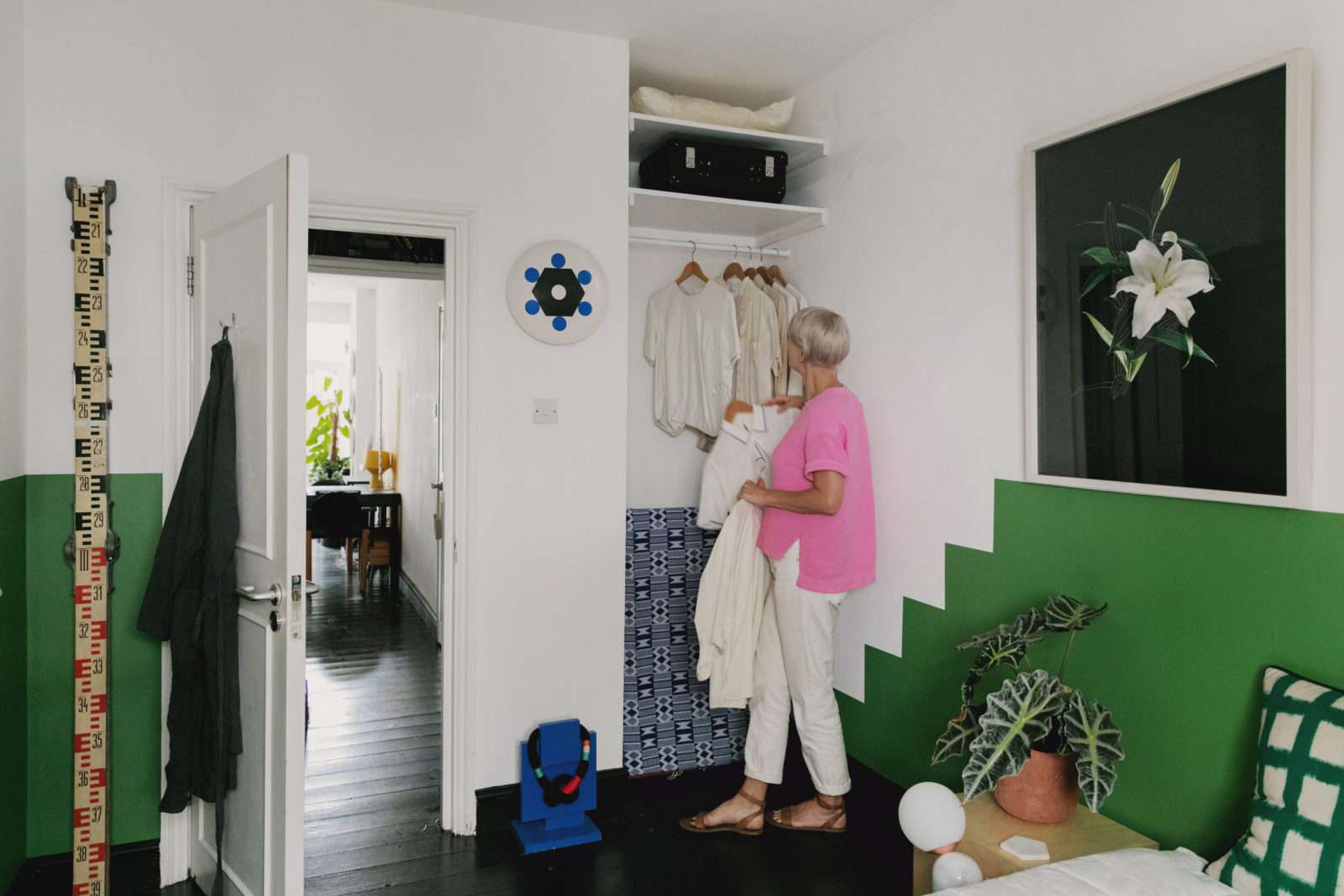
“I trained in graphic design but my graphics work was always quite textile-based, and I always had an interest in interiors. I’m not trained in interiors, but graphics is about problem-solving and communicating, and I think you can take that to anything.
“I’ve always been attracted to colour, bold patterns, and crafted things. I’m a child of the 1970s, and when I was at art school we were only just using computers – I think there was only three between the whole year. When I went to work in the art team at Elle Decoration they were still using negatives and it was all very analogue too. So, I think I was brought up in that very analogue world, and it’s still a really big part of my aesthetic.
“I just really love craft and making stuff. I love the neatness of graphics and geometry, but I also really like when that gets a bit scuzzed up, or is handmade, or you can see the little idiosyncrasies of the making process. So, everything with Darkroom and a lot of my client-based work comes from a love of order, but also my rebellious side, of loving things that are a little bit wrong or a bit imperfect.
“I just find that things are too polished, clean or perfect I find it really intimidating as a space. That’s why texture and warmth help, and playing to different senses too: it’s about how things feel as much as they look.
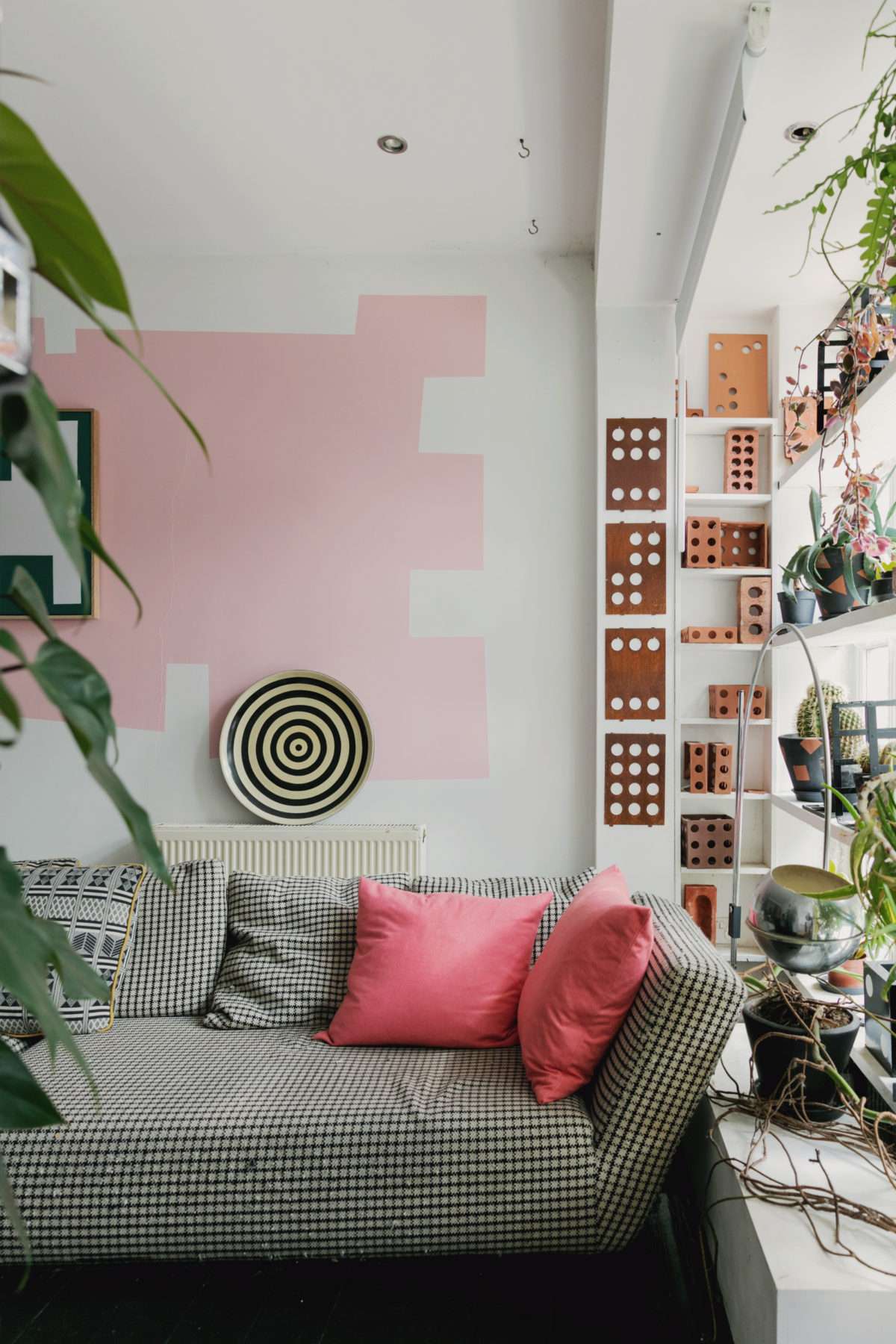
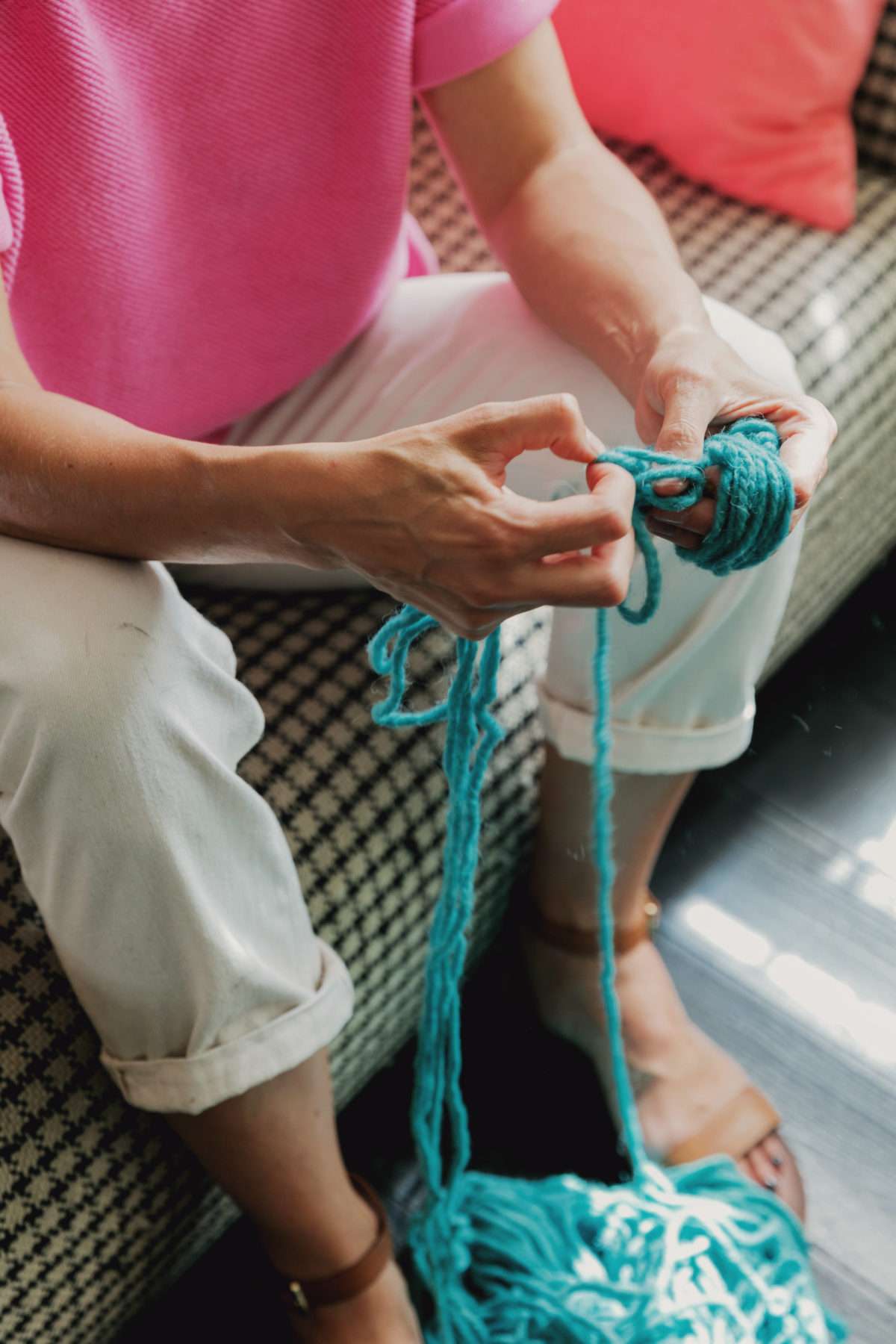
“I co-ran Darkroom as a shop with my business partner Lulu Roper-Caldbeck for seven years and it was all-consuming. We had a shop on Lamb’s Conduit Street, a concession in Selfridges and we sold pieces by over 200 designers.
“We had to shut the store when the rent went up, and I think Lulu and I knew that was it for the shop. I wanted to keep it going in some capacity, so I just completely rewrote the business model to something I could do on my own and turned it more into a brand. I’ve always been a designer first, but I ended up managing this company, rather than designing, and I wanted to get back to that.
“So Darkroom is now all products I design and sell. But I also took some time off Darkroom after closing the shop to work on three interior projects, which was so much fun. I realised how much I like both disciplines – interior and product design – so I started Studio Rhonda, to do interiors.
“Darkroom is self-indulgent in a way: it’s designing for me, and if people want to buy it, great. Whereas with clients, it’s very much a conversation and you’re solving problems, which I love too. So, I like the balance now, and I like keeping them separate. It just means I get to work with a really mixed bag of people and brands.
“I was someone who had a lot of dinner parties and had people over all the time before, but this place is tiny, so I have a friend or two over now and again, but I don’t have big parties. It’s completely shifted how I am, this place. It’s quite solitary here, but I love that because it’s been therapeutic, and it’s a manageable size for one person.
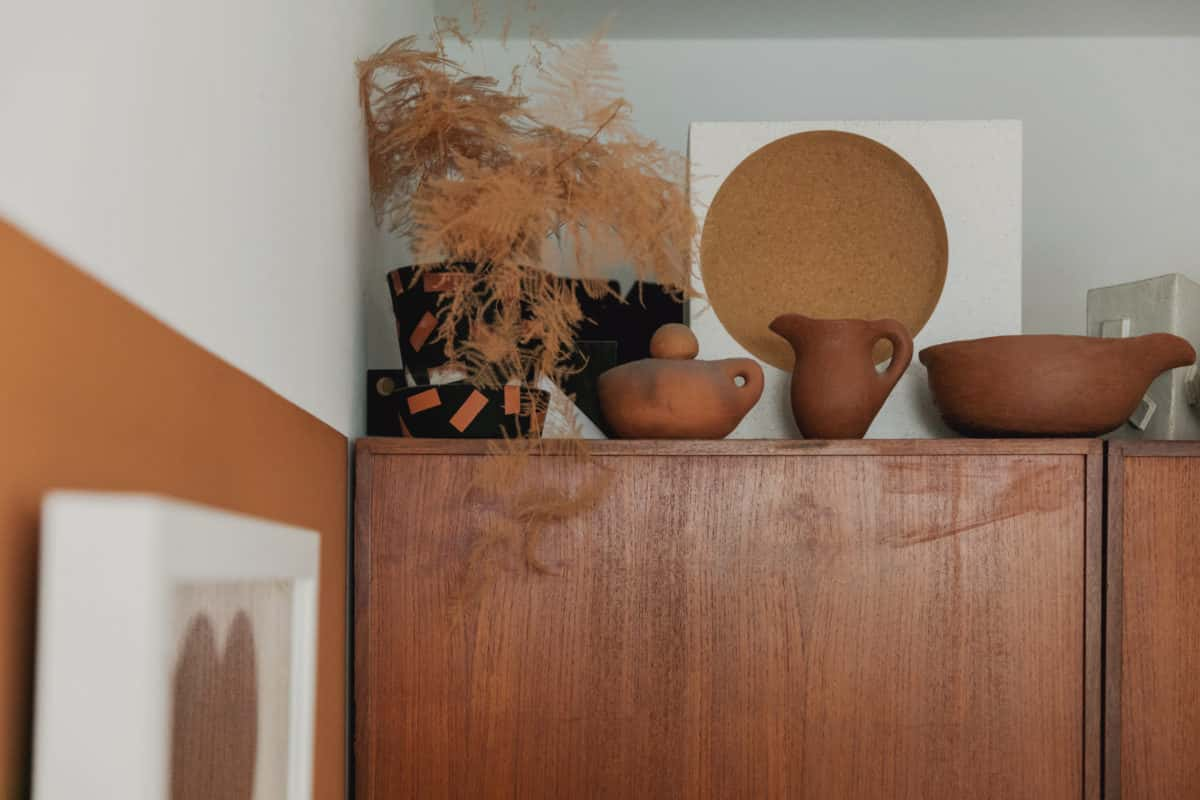
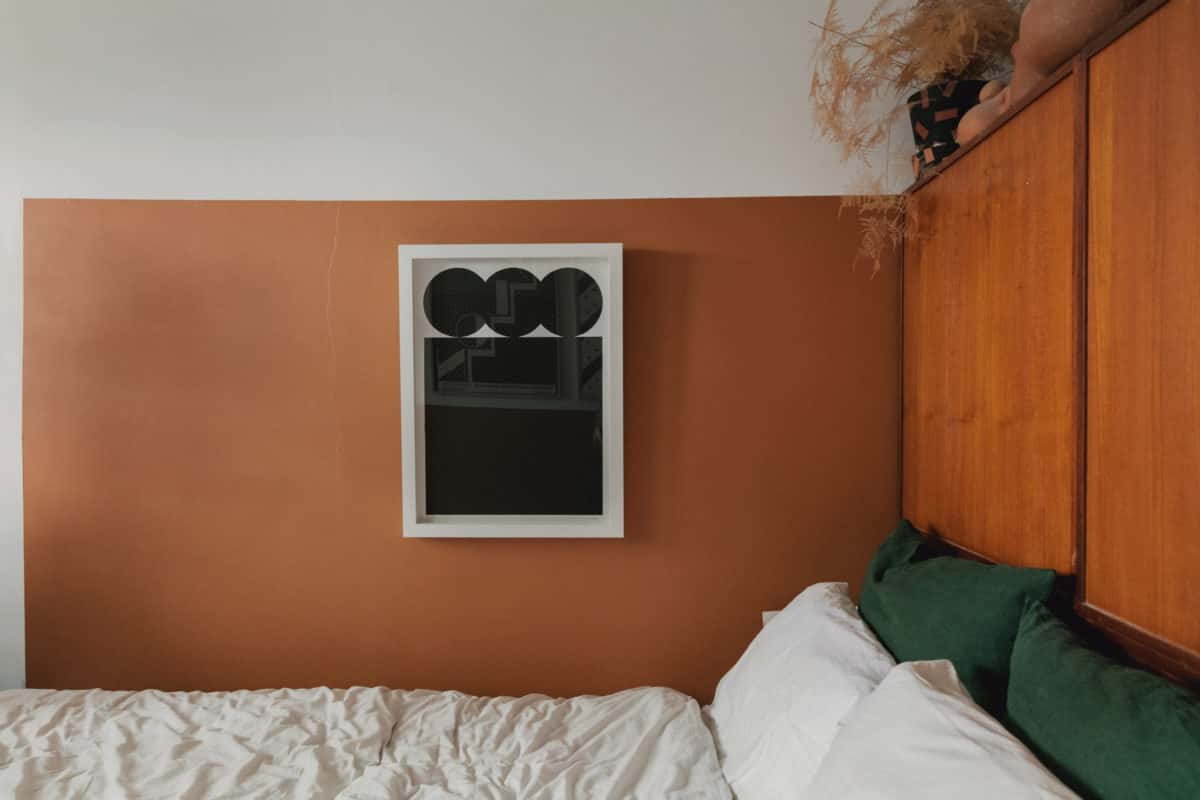
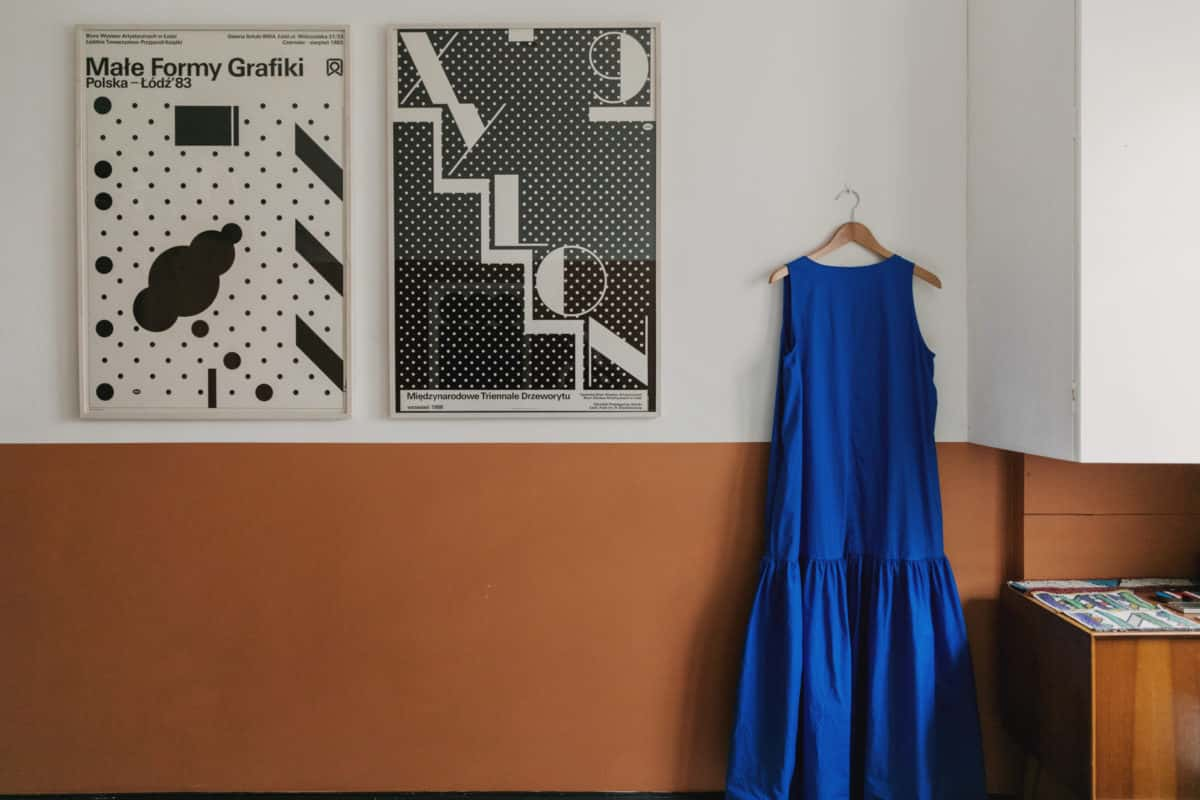
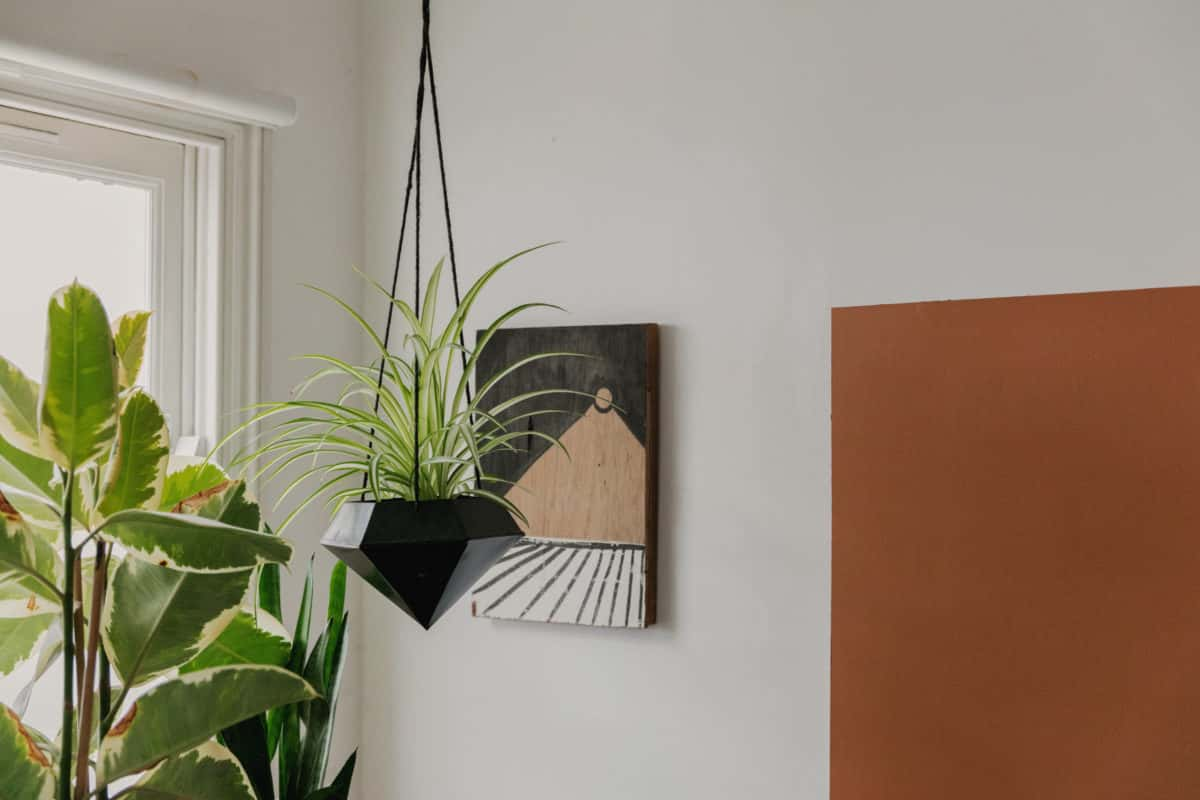
“I still don’t know if I want to be in London or not. I think I’ll always want something small here, but I am contemplating something by the sea. I love it here, but after getting walloped by the typical landlord thing of a rent hike on the shop it got me thinking about elsewhere. But I’m also aware London feeds me as much as it drains me – it’s a love-hate thing.
“Wherever I’ve lived I’ve always decorated to suit the context, and it’s always been a response to what’s needed in that space. I always have a bit of a core palette – black has been my neutral for quite a long time – but my last place was completely different to this… so we’ll see what’s next.”
Rhonda, how do you define modern living?“Modern living is now trying to balance my inbuilt desire to create and own new things with a need for sustainability and responsible consumption. It’s a huge dichotomy. I do feel though, as a designer, it’s my job to help strike this balance.”
Is there a home for sale on our website that has caught your eye?“The Saltings in East Hampshire for its bold asymmetry and original deco features. I’d love to get my hands on that interior!”
